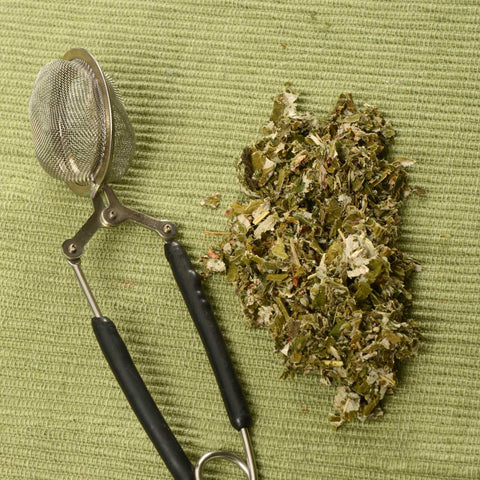
Best Pain Relief for Period Pain in Australia
Share
| Disclaimer: This article is for information only. It is not intended to be a substitute for professional medical advice and should not be relied on as health or personal advice. Always seek the guidance of your doctor with any questions you may have regarding your health or a medical condition. |
When period pain hits, it can be debilitating. The good news is that there are several effective ways to manage and reduce period pain. In this article, we'll explore the best pain relief options available in Australia, and guide you through their pros, cons, and evidence that supports their efficacy.
We go through 7 ways to help relieve period pain and their pro's and con's.
Our Top Recommendation: Invisiwarm
Invisiwarm is a period pain relief belt that provides gentle heat to ease menstrual cramps. It's discreet, lightweight, and ideal for use on the go.

Alternative Period Pain Relief Options
Medication (NSAIDs)
Non-steroidal anti-inflammatory drugs like Nurofen and Naprogesic can be effective in reducing period pain. This can be used in combination with the other methods below and is most effective when taken prior to onset.
| Pros | Cons |
|---|---|
| Fast-acting | Potential side effects |
| Widely available | Not suitable for everyone |
6) Hot Water Bottles
Hot water bottles can be a traditional and effective method for relieving period pain by providing soothing heat. They can be dangerous however (exploding risk and leak risk) and while they are alright to use at home, they cannot be used outside the house. Heat is known to help period pain.

| Pros | Cons |
|---|---|
| Easy to use | Bulky |
| Affordable | Must be replaced every 6 months |
| Dangerous | |
| Not portable |
5) Wheat bags
Wheat bags are a safer alternative to hot water bottles. They can be wrapped on your stomach to help relieve pain. They do however smell very strongly and are not very portable. Heat is known to help period pain.

| Pros | Cons |
|---|---|
| Fast-acting | Very strong smell |
| Widely available | Not portable |
| Inexpensive | Don't stay warm for long |
| Have to be completely cold before reheating |
4) Raspberry leaf tea
While there is no scientific evidence that Raspberry leaf tea works for period pain, there is a lot of anecdotal evidence.
Note, do NOT use if pregnant as it has been known to induce labour.

| Pros | Cons |
|---|---|
| Easy and tastes nice | No evidence it actually works |
| No negative side effects |
3) TENS
TENS stands for Transcutaneous Electrical Nerve Simulation and passes a small electrical current into your skin between two points in the skin to simulate the nerves. It is thought to block the pain sensors from reaching the brain. While it helps somewhat with pain, it is not a 'one stop shop'. As soon as the TENS machine is removed, the pain is still there. Therefore it is something to use in combination with other methods and not by itself. A few aussie brands have TENs machines on the market such as Ovira, however they have been marked in recent controversy over misleading practices and copyright claims.

| Pros | Cons |
|---|---|
| Fast-acting | Not suitable for everyone |
| Pain relief does not last once removed | |
| Stand-alone method |
2) Invisiwarm TENS
Invisiwarm TENS combines heat therapy, massage therapy and TENS to tackle period pain effectively. This three-in-one period pain relief machine is an all-in-one solution. Heat is known to help period pain.
| Pros | Cons |
|---|---|
| Triple action | More expensive |
| Portable | Doesn't get as hot as Invisiwarm |
| Instant action |
1) Revisiting Our Top Recommendation: Invisiwarm
Let's circle back to Invisiwarm, our top recommendation. Invisiwarm is a highly effective period pain relief belt that employs heat therapy. It’s lightweight, discreet, and can be worn under clothing. While the Invisiwarm TENS is ideal for period pain due to its triple-action, the plain Invisiwarm belt is perfect for those who find heat to really work for their cramps and is a more budget-friendly option.
Conclusion
There are various options for period pain relief, from hot water bottles to specialised devices like Invisiwarm TENS and Invisiwarm. Often, a combination of methods is needed to effectively manage pain. Always consult your healthcare provider for personalised advice and information.

